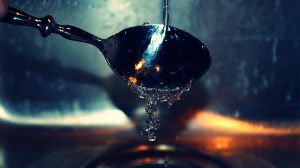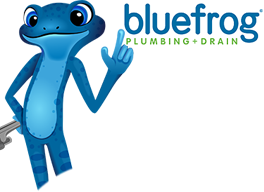
A waterborne contaminant is identified as any physical, chemical, biological, or radiological substance or matter in the water supply. This is the definition directly from the Environmental Protection Agency (EPA). So, now you know what is meant by waterborne contaminants. But, what are they truly? Sure, the scientific definition sounds complete, but let’s break things down into layman’s terms, for those of us who are not scientists. Waterborne contaminants can be minerals, chlorine, pesticides, or harmful bacteria that cause illness. Yes, these types of contaminants are found in water supplies across the country. Now it’s time to step up and take action against them!
Five Contaminants in Your Water Supply
It’s nearly impossible for the human senses to detect every bit of organic material or microbial agent in the drinking water supply. Your local government likely tests the water supply on occasion, which we’ll delve into below. For now, let’s take a look at five of the most common contaminants in your water supply.
- Arsenic – Arsenic combines with other elements to form compounds within your water supply. The inorganic compounds are typically more toxic than an organic compound
- Chloramine – Long-term exposure to chloramine has been previously linked to an increased risk of cancer and infant delivery issues
- Copper – Copper is an element essential to human health. Too little is unhealthy, while too much leads to copper poisoning. The right balance is difficult to achieve
- Bacteria & Viruses – Waterborne microbes lead to illness. Both bacteria and viruses often cause various diseases in humans
- Lead – Source water, such as that from a well, tends to contain lead due to industrial, mining, and smelting processes. Typically, lead poisoning will show zero symptoms at first, but lead is dangerous to human health
How do contaminants get into the drinking water?
There’s a variety of ways that waterborne contaminants can enter the local drinking water supply, according to the CDC. These include:
- Naturally occurring chemicals and minerals
- Local farming practices
- Manufacturing
- Sewer overflow
- Malfunctioning wastewater treatment facilities
How often is public water tested?
The frequency at which a public water supply is tested varies, depending on the municipality. Typically, the more people being served by the public water system, the more often they test for contaminants. Of course, certain elements are tested for more often than others, which follows the official guidelines of the Safe Drinking Water Act. You’ll want to check with your local municipality regarding regular public water testing procedures and dates. They should be willing and able to provide further information on the process and their findings.
If you suspect waterborne contaminants in your home’s drinking water supply, consider a whole-home water filtration system. The countless benefits of such a system are well-documented for homeowners like yourself. Schedule water filtration services with bluefrog Plumbing + Drain of NE Dallas. Give us a call now at 210-876-1629.






 Free Diagnostic - With Paid Repair
Free Diagnostic - With Paid Repair

